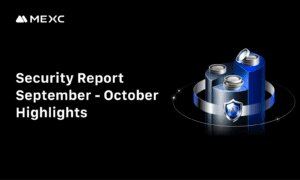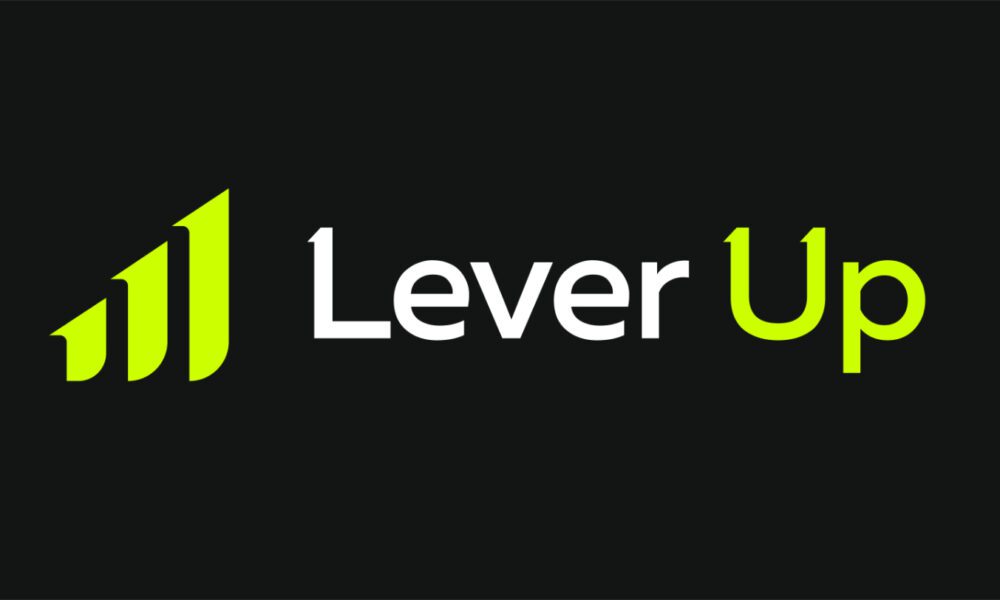XRP has been a dominant force in the cryptocurrency market, known for its ability to facilitate fast and low-cost cross-border transactions.
Its partnerships with financial institutions have made it a trusted choice for banks and payment providers looking to streamline international settlements. However, despite its strengths, XRP faces increasing challenges, including regulatory scrutiny and limited expansion beyond the payments sector.
As blockchain technology evolves, investors are looking for projects that offer more than just transaction efficiency. Lightchain AI has emerged as a compelling alternative, leveraging artificial intelligence to enhance blockchain functionality. With its presale raising $15.1 million and a price of $0.006, it has caught the attention of investors searching for high-growth opportunities in the AI-powered blockchain space.
XRP’s Strengths and the Challenges It Faces
XRP has built its reputation as a reliable solution for financial transactions, offering transaction speeds far superior to traditional banking methods.
Its ability to facilitate near-instant transfers with minimal fees has made it a go-to choice for institutions handling large volumes of cross-border payments. However, XRP’s heavy reliance on partnerships with centralized financial entities has raised concerns among crypto investors who prefer decentralized ecosystems.
Furthermore, its ongoing legal battle with the SEC has created uncertainty, affecting investor confidence and limiting its ability to gain regulatory approval in key markets. While XRP remains relevant in the payments sector, its lack of innovation in AI, smart contracts, and decentralized applications has made it less appealing to investors looking for blockchain projects with broader utility.
Rise of Lightchain AI as a Key Competitor
Lightchain AI (LCAI) is establishing itself as a versatile and valuable platform for both investors and users. Through LCAI tokens, users gain access to advanced AI services, including model inference, training, and data analysis, all powered by the Artificial Intelligence Virtual Machine (AIVM).
Token holders can also stake LCAI to participate in decentralized governance, contributing to decision-making on updates, tokenomics, and ecosystem advancements. For developers, staking unlocks premium AIVM features such as priority task execution and enhanced data privacy, fostering innovation and efficiency within the AI domain.
In addition, Lightchain AI’s secure federated learning system enables collaborative AI model training while maintaining stringent data privacy standards. This functionality is particularly valuable in industries where data security is a critical concern.
Why Investors Are Shifting From XRP to Lightchain AI
XRP’s market dominance is being challenged as investors seek projects with long-term growth potential beyond payments.
While XRP remains a strong player in financial settlements, its legal and regulatory challenges have created uncertainty. In contrast, Lightchain AI is gaining momentum by offering a decentralized ecosystem where AI-driven applications can thrive.
Its ability to enhance blockchain efficiency through AI-powered automation makes it an attractive investment for those looking to capitalize on the next wave of crypto innovation. Investors who previously focused on XRP’s transaction speed are now turning to Lightchain AI, recognizing its potential to redefine blockchain utility across multiple industries.
As AI continues to dominate the tech landscape, blockchain projects that successfully merge artificial intelligence with decentralization are expected to lead the next phase of growth, positioning Lightchain AI as a major contender in the evolving crypto market.

































